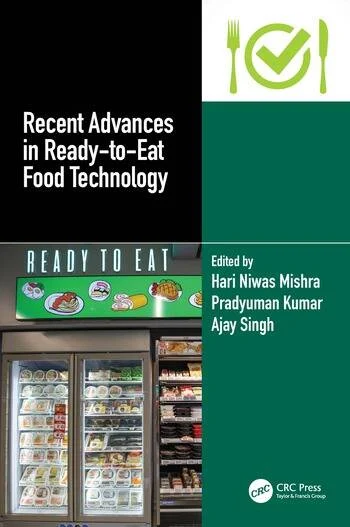Sensor label ready for launch

Mockups of Superior Farms meats with SensorQ labels were unveiled at the Worldwide Food Expo in Chicago. As bacterial load increases, the center of the Q turns brown.
FQSI’s SensorQ label reacts to bacterial load, changing from orange to tan as microbial populations in a package increase. Biological signals from all types of bacteria, including spoilage organisms, trigger the reaction. “It is a real-time indicator of freshness,” says Bonne.
Scientists at Massachusetts Institute of Technology created the biosensor technology, and FQSI has spent the last four years developing it for commercial deployment. Although the technology is appropriate for all types of perishables, the use of low-oxygen gas with carbon monoxide in modified atmosphere packaging (MAP) created a need for a label to verify meat that looks fresh is, indeed, safe to eat. Carbon monoxide keeps beef in MAP packages red long past its expiration date. “We wanted to be sure we had a credible indicator that tells the truth,” he explains.
Time and temperature freshness indicators for food packages have met with failure over the years. In 2000, 3M Corp. developed MonitorMark, a postage-stamp sized indicator that relied on adhesive flow through a micro-abrasive to detect temperature spikes. As temperature rose, the adhesive’s viscosity thinned, increasing the flow rate. The tag was successful in foodservice tests but never made the transition to retail.
Unlike MonitorMark, SensorQ “is a direct measurement,” Bonne emphasizes. “All cows are not created equally, and they don’t come to the meat case in the same condition. This is like sticking a thermometer in a baby’s mouth: We are measuring the bacterial condition in the package.”
FQSI also has improved the odds for success by partnering with companies with critical expertise. Avery Dennison will make the labels as a superior alternative to its own freshness label, which has to be stored at -22
Looking for a reprint of this article?
From high-res PDFs to custom plaques, order your copy today!








